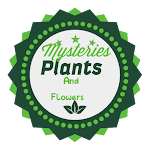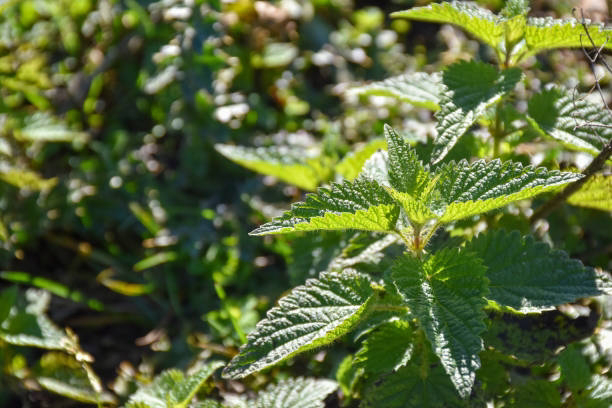1. Ancient History: Evidence suggests the stinging nettle has been used by humans for millennia. Fibers from the plant were used to make textiles as far back as the Iron Age.
2. Stinging Surprise: The tiny hairs on stinging nettle leaves contain a cocktail of chemicals, including formic acid, histamine, and serotonin, causing the characteristic burning and itching sensation.
3. Not All Nettles Sting: Believe it or not, not all nettle species pack a punch! Some varieties, like the Indian nettle (Urtica thunbergiana), lack stinging hairs.
4. Defense Mechanism: The stinging hairs on the nettle serve as a clever defense mechanism, deterring herbivores from munching on its leaves. The sting acts as a warning, allowing the plant to thrive.
5. Nutritional Powerhouse: Don't be fooled by the sting! Stinging nettles are surprisingly nutritious, rich in vitamins A, C, and K, as well as minerals like iron and calcium.
6. Springtime Delicacy: In some cultures, young nettle leaves are a welcomed spring treat. Once cooked or blanched, the sting disappears, leaving behind a delicious and nutritious vegetable.
7. Natural Diuretic: Nettle tea has been used for centuries as a natural diuretic, promoting healthy urinary function and potentially aiding in relieving urinary tract infections.
8. Hay Fever Hero (Maybe): While research is ongoing, some studies suggest that nettle leaf extracts may help alleviate hay fever symptoms by reducing inflammation in the nasal passages.
9. Blood Sugar Support: Early research indicates that stinging nettle may help regulate blood sugar levels, potentially offering benefits for individuals with diabetes.
10. Anti-inflammatory Potential: Studies suggest that nettle leaf extracts may exhibit anti-inflammatory properties, offering potential relief for conditions like arthritis and gout.
11. Friend to Butterflies: The stinging nettle might seem like a foe, but it's a haven for many butterfly species. Caterpillars of several butterfly varieties, including the Small Tortoiseshell and the Comma butterfly, feed exclusively on nettle leaves.
12. Soil Enricher: The stinging nettle decomposes quickly, returning valuable nutrients like nitrogen and potassium back to the soil. This enriches the surrounding environment and promotes healthy plant growth.
13. Sustainable Fiber Source: Historically, nettle fibers were used to create strong, durable textiles. Nettle fabric is considered a sustainable alternative to cotton, requiring less water and fewer pesticides to grow.
14. Culinary Creativity: Beyond nettle tea and cooked greens, the leaves can be used in various culinary creations. Nettle soup, nettle pesto, and even nettle beer are enjoyed in some regions.
15. Harvesting with Caution: If you're interested in using stinging nettles, remember to wear gloves and long sleeves when harvesting to avoid getting stung. Heat treatment through cooking, drying, or steeping deactivates the stinging hairs, making them safe for consumption or topical applications.





